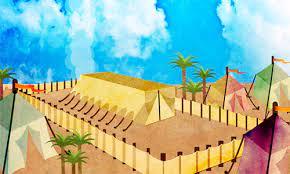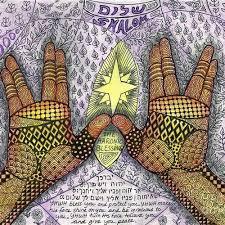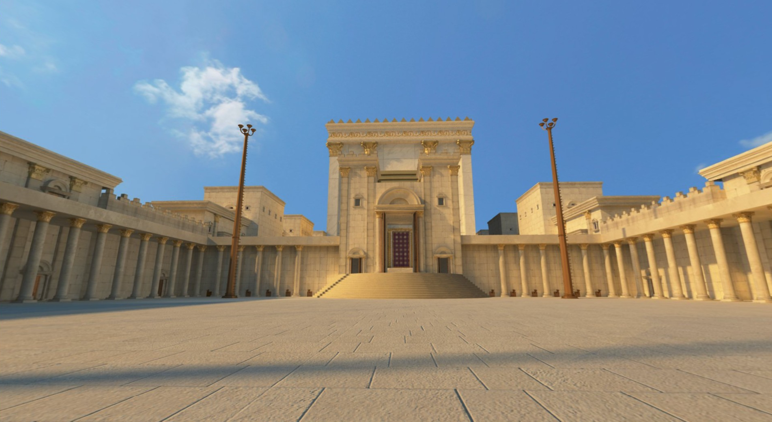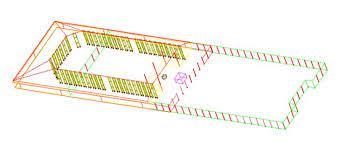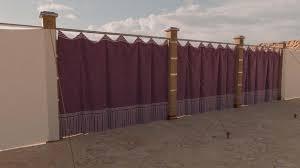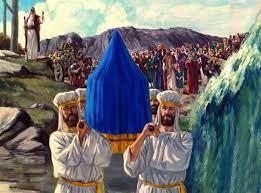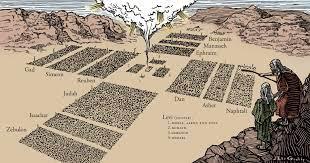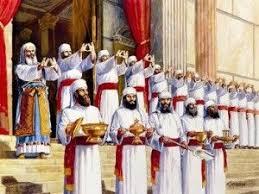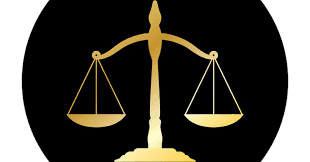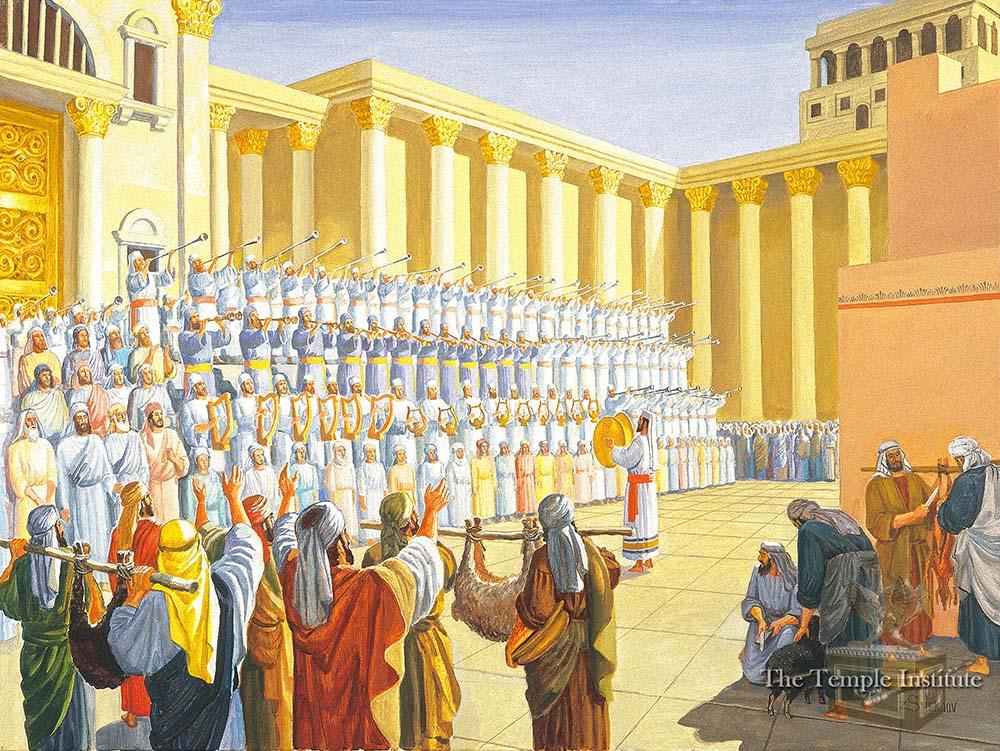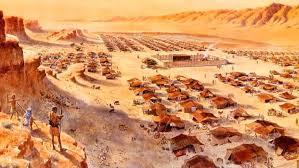Bf – The Voice of God 7: 89
The Voice of God
7: 89
The voice of God DIG: What had changed in the dynamic between Moses and ADONAI? What was significant about the change as far as the people were concerned? Ask the Lord to show you what He wants you to contribute toward the work of His Kingdom.
REFLECT: This chapter ends with a statement about how God revealed His presence in the Tabernacle. What does the conclusion of this chapter teach us about what is really important? Thank the Lord that He is willing to provide all you need for the ministry and life that He has called you to live.
Yeshua Messiah is our mediator today (First Timothy 2:5).
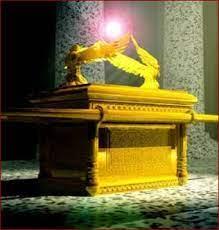
Throughout these early chapters of Numbers there is a topical presentation rather than a chronological arrangement of the material. They have been telling us the story of the Israelite’s preparations to leave Mount Sinai. In the first four chapters of Numbers, they took a census (to see link click An – The Levitical Census) and assigned the Levites to their various tasks (see Ar – The Four Camps of Levites). Numbers 7-10 is a flashback and relates how Isra’el was ready to depart from Mount Sinai. This is made certain when we are told that Moses had free access to the Tabernacle where he heard the Voice of God speaking to him from the mercy seat between the Cherubim (see the commentary on Exodus Fs – The Mercy Seat in the Most Holy Place: Christ at the Throne of Grace). This was a breakthrough because prior to this, YHVH would call Moshe to come and speak to Him at the tent of meeting (see Exodus Gy – Moses and the Tent of Meeting). So, it started out with God speaking to Moshe, but now Moses was speaking to God (7:89). It was only after the people agreed, recognizing that God was their Provider and Master of the universe, that the Most High was willing to hear their requests through Moshe, their mediator. As a result, it was no longer necessary to stay at Mount Sinai to communicate with YHVH. God was ready to go with Isra’el.121
Haftarah Naso: Judges 13:24-25
(see the commentary on Deuteronomy Af – Parashah)
Strength often impresses mankind. Samson’s very name, derived from shemesh (sun), recalls the power of the preincarnate appearance of Messiah as the Angel of ADONAI, who announced his birth (Judges 13:3) and then disappeared in an ascending flame (Judges 13:20). Samson’s mother followed the Angel’s instructions. Once barren, she carried the burden of her child’s life-long Nazarite vow (see Ba – The Nazirite Vow). She avoided grapes, grape products, and food that wasn’t kosher (Judges 13:4-5 and 13-14). Her obedience was rewarded, when she gave birth to Isra’el’s most powerful man ever! Samson grew to become a mighty judge (see the commentary on Judges Bt – The Twelfth Cycle: Samson), who brought Isra’el a measure of rest from the Philistines. Final rest from the Philistine foe would come later when David would slay their greatest warrior, Goliath. Samson, however, fell short. His lust for women ultimately led to his downfall. He allowed a Philistine woman to shave his hair, thus breaking the Nazirite vow and cutting his power to save the nation.
B’rit Chadashah Naso: John 12:36a
Yeshua told the crowd: . . . as for Me, when I am lifted up from the earth, I will draw everyone to myself (John 12:32). The claim extended beyond accepting the shame and humiliation of death on the cross to save sinful mankind. In fact, God the Father elevated Yeshua to the very throne of heaven itself (Psalm 89:37 and Matthew 26:64). In this way, Messiah’s lifting up conjoins his death and exaltation in a single word. The crowd that listened that day was keenly aware that Yeshua had raised Lazarus from the dead (John 12:17-18). Then, the Master said: If someone is serving Me, let him follow Me; wherever I am, My servant will be there also. My Father will honor anyone who serves Me (John 12:26). Yeshua closed His message by urging those listening to act on the light that they had (John 12:35). He urged those in the crowd to believe so that they might become sons and daughters of light (see Bg – The Menorah)!122
Dear Heavenly Father, Praise You for being the light of the world (John 8:12)! How wonderful to walk according to Your light, and the light of Your Word. We can know how to walk when we read Your Word and follow its light. Your Word is a lamp to my feet and a light to my path (Psalms 119:105). What a comfort that Your light shines thru all the centuries and spreads its light to all countries. The true light, coming into the world, gives light to every man (John 1:9). Your light lights up the future and provides us with wisdom. You are totally omniscient, knowing all the future kingdoms of the world (Daniel 2, 7) which means that no deeds of darkness can hide from Your light, even in the future. You plan ahead to protect and deliver Your people, as you did with Moses, Joseph, Esther and Dani’el. Thank You, God, for sending Messiah Yeshua to be the Light of the World, its Redeemer. For your Maker is your husband- ADONAI-Tzva’ot is His Name – the Holy One of Isra’el is your Redeemer. He will be called God of all the earth. (Isaiah 54:5). In Messiah Yeshua’s holy Name and power of His resurrection. Amen


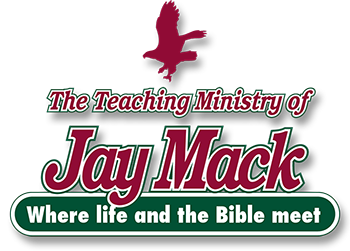

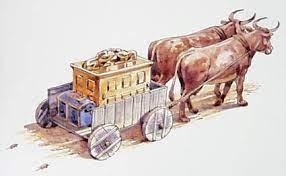 ADONAI told Moses to give them to the Levites, to each as needed for his duties. Therefore, Moshe took the wagons and oxen and gave them to the Levites. He gave two wagons and four oxen to the descendants of Gershon, in keeping with the needs of their duties. Four wagons and eight oxen he gave to the descendants of Merari, in keeping with the needs of their duties, directed by Itamar the son of Aaron the high priest. But to the descendants of Kohath he gave none (see
ADONAI told Moses to give them to the Levites, to each as needed for his duties. Therefore, Moshe took the wagons and oxen and gave them to the Levites. He gave two wagons and four oxen to the descendants of Gershon, in keeping with the needs of their duties. Four wagons and eight oxen he gave to the descendants of Merari, in keeping with the needs of their duties, directed by Itamar the son of Aaron the high priest. But to the descendants of Kohath he gave none (see 